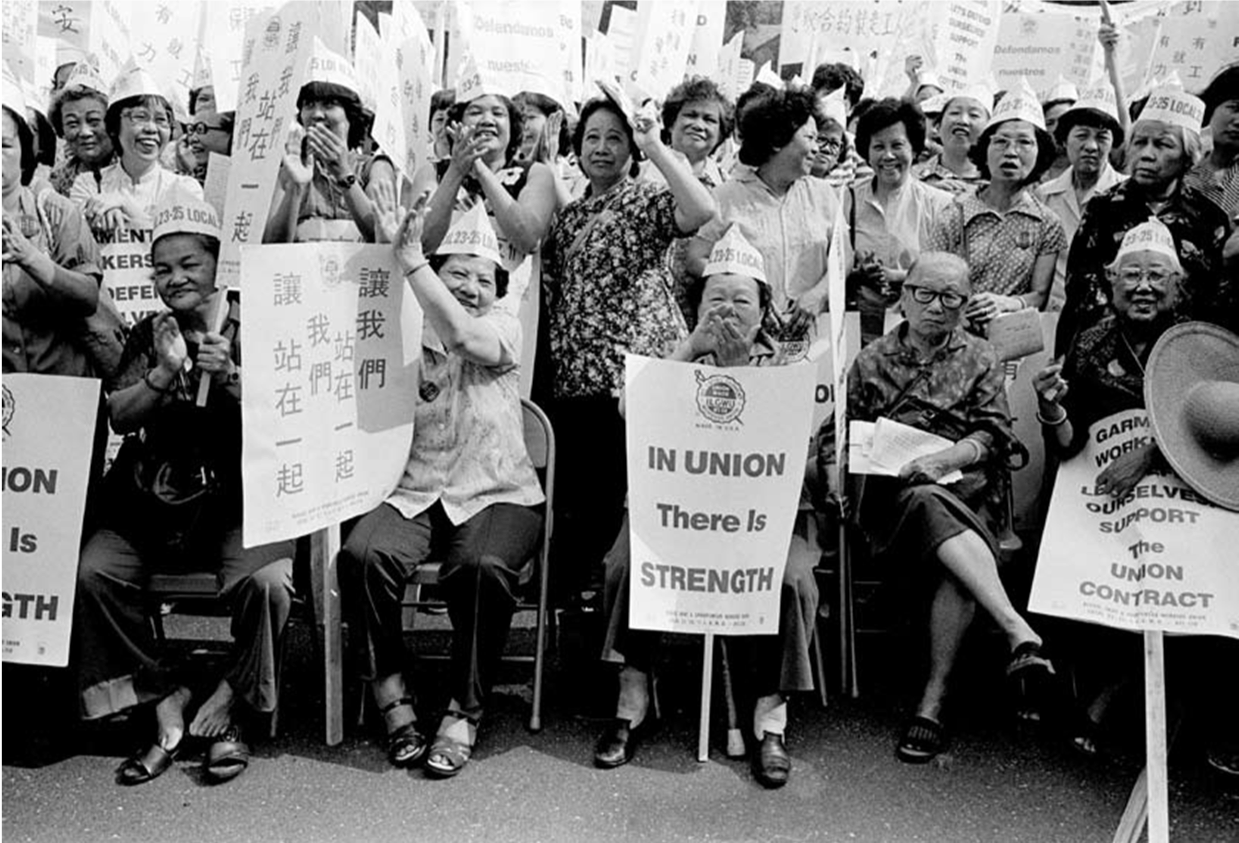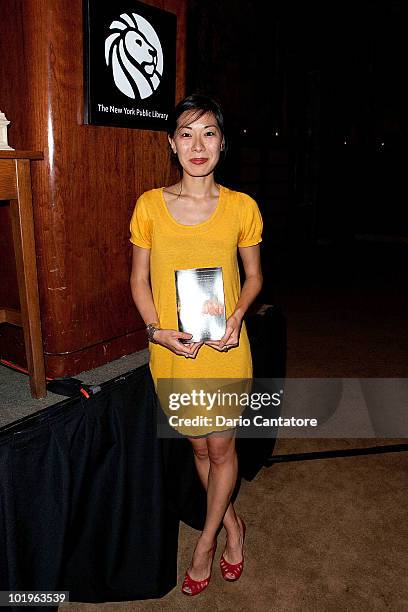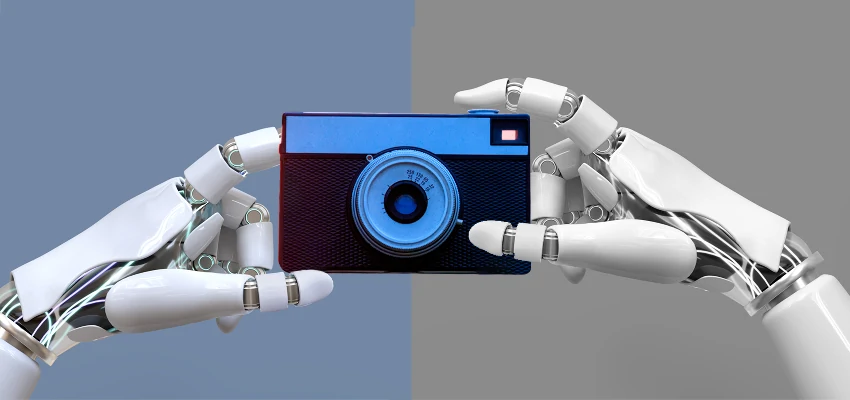
Asian American Women’s History: Illuminate Exhibit Overview
admin
- 0
Asian American women’s history is a rich tapestry woven through the broader narrative of American history, yet it often remains obscured and underrepresented. The Schlesinger Library’s new exhibition, “Illuminate: Contextualizing Asian American Women’s Stories Through the Archives,” shines a much-needed spotlight on these overlooked narratives, revealing the vital contributions of Asian women throughout history. By showcasing artifacts like the poignant photographs of Ainu and Visayan women, the exhibit invites viewers to confront the cultural erasure of Asian women and explore their profound stories. Curated through collaborative efforts in an impactful course on Asian American history, this exhibition emphasizes the critical importance of archiving Asian women in history. Amidst a backdrop of systemic marginalization, the narratives rediscovered here push against the boundaries of invisibility, celebrating the dynamic lives of Asian American women who have shaped the cultural landscape of America.
Exploring the chronicles of Asian women in American society unveils a complex and often overlooked part of the nation’s past. These stories, often missing from mainstream historical accounts, reflect a journey filled with resilience and struggle against cultural erasure. The recent showcase at the Schlesinger Library highlights the invaluable records and experiences of Asian American women, presenting a broader understanding of their impact on society. By analyzing educational initiatives and archival efforts, the exhibition transforms how we perceive their contributions and opens the door to countless untold stories. Ultimately, recognizing the significance of Asian women’s narratives in the historical context helps to illuminate the rich and diverse tapestry that is American history.
Rediscovering Asian American Women’s History Through Archives
The Schlesinger Library’s latest exhibit, “Illuminate: Contextualizing Asian American Women’s Stories Through the Archives,” shines a light on the often overlooked narratives of Asian American women throughout history. Curated by Victor Betts and launched in collaboration with students, the exhibition emphasizes the vital role that archives play in reclaiming these stories. By examining artifacts such as photographs and personal accounts, viewers are encouraged to confront the gaps created by cultural erasure of Asian women, challenging the dominant narratives that have historically marginalized their contributions.
Among the striking artifacts showcased includes the haunting images of Ainu and Visayan women from the 1904 World’s Fair, who were objectified as ‘living exhibits.’ These haunting snapshots vividly illustrate how cultural curiosity has perpetuated colonial hierarchies, making these women mere subjects in a broader narrative. Despite being largely invisible in mainstream history, these archival glimpses reveal that Asian American women have been integral to the American story despite being relegated to the margins. The exhibition acts as a catalyst, inviting discussions on how to better represent these figures in both academic discourse and public memory.
The Schlesinger Library Exhibit: A Reflection on Cultural Erasure
The experience of Asian American women has often been reduced to silence, relegated to the peripheries of both historical documentation and popular culture. The Schlesinger Library exhibit confronts this cultural erasure head-on by showcasing the struggles and triumphs of these women who have long remained unseen. In particular, the exhibit aligns itself with the broader understanding of Asian American history, emphasizing that these women’s experiences are integral to the tapestry of American life. The materials on display span a staggering 150 years, illustrating a timeline that includes both exclusionary policies like the Chinese Exclusion Act and moments of resilience such as the contributions of Asian women during the Civil Rights era.
The archival work showcased in the exhibition is not just about recovery; it also serves as a platform for narratives that have often been unexplored. By incorporating political posters and personal zines into the exhibit, it emphasizes the methods through which Asian American women have voiced their struggles and asserted their identities. As noted by the curator, Victor Betts, the interplay of historical documentation and contemporary representation challenges visitors to rethink who is often left out of the conversation and why. This effort of illuminating these stories prompts a vital inquiry into the understanding of how narratives can shift through representation, potentially reshaping American history as we know it.
Student-Driven Research: Highlighting Untold Stories
The collaborative effort between students and archivists at the Schlesinger Library has opened new avenues for exploring Asian American women’s history. Through hands-on, student-driven projects, research initiatives delve deeper into the lives and struggles of figures like Ah Fong, a Chinese woman whose legal fight in 1874 underscores the resilience and agency of Asian women in an oppressive system. This intersection of education and archival research not only enriches the historical narrative but also allows students to engage with their own identities in relation to these storied pasts.
Through exploring legal cases and personal histories, students bring life back to women whose stories have been buried beneath layers of cultural erasure. The research conducted by students like Sophia Wang serves as a testament to the untapped resilience within the community, highlighting the complexities of migration and identity. The infusion of personal connection with academic rigor ensures that these narratives are not just presented, but become part of a living discourse that shapes the future of Asian American representation. This dynamic engagement invites a reconsideration of how Asian American stories are told, preserved, and ultimately valued within the larger context of American history.
Cultural Leadership: Asian American Women in Community Activism
Asian American women have long played a pivotal role in community activism and organization, a narrative prominently featured in the Schlesinger Library’s exhibition. Contemporary artwork by local Taiwanese-American artist Shaina Lu complements the archival materials, illustrating the powerful impact of Asian American women leading movements for justice. The integration of these art forms into the historical narrative underscores the idea that activism and cultural representation go hand in hand, enriching both the community’s history and potential future.
The exhibit reflects on how the leadership of Asian American women in various historical contexts not only contributed to social justice but also redefined community narratives. By showcasing their initiatives amidst crises, such as the rise in anti-Asian violence during the COVID-19 pandemic, the exhibit serves as a critical reminder of the ongoing struggle against cultural erasure. It articulates that the path forwards involves acknowledging and celebrating the activism that has been a longstanding component of Asian American identity, transforming the public perception of Asian American women from sidelined to celebrated leaders.
Confronting Erasure: The Importance of Visibility in Asian American Narratives
The Schlesinger Library’s exhibition “Illuminate” confronts the theme of erasure head-on by highlighting the absence of Asian American women’s narratives in historical documentation. By showcasing materials that illustrate their contributions and experiences, the exhibit urges visitors to confront the systemic neglect that has resulted in the invisibility of these vital voices in the broader American narrative. Acknowledging this erasure is the first step toward understanding how history has been disproportionately told and whose voices are prioritized.
Furthermore, this confrontation with erased histories is not merely academic; it resonates profoundly within the Asian American community. By advocating for greater visibility of Asian American women’s stories, the exhibit acts as a rallying cry for contemporary artists, scholars, and activists. In doing so, it prompts a collective reevaluation of how history, identity, and representation intermingle. The exhibition not only highlights the past but also inspires a future where diverse stories shape the American experience.
Asian American Stories: A Continuum of Resilience and Innovation
The continuum of Asian American stories showcased in the Schlesinger exhibit illustrates a broader narrative of resilience and innovation among Asian American women. From the historical documentation of early 20th century figures to contemporary portrayals of empowerment, these narratives reveal the complex interplay between struggle and success. By examining the archival material alongside modern interpretations, the exhibit showcases how these stories of resilience foster a sense of identity and belonging within the community.
Moreover, the contributions of Asian American women to fields such as arts, literature, and activism are celebrated within this framework, showcasing how their experiences not only reflect the challenges they’ve overcome but also the advancements they continue to pioneer. As visitors engage with these narratives, it becomes clear that Asian American women are not only part of history—they are dynamic forces actively shaping the future of American culture and identity.
Archiving History: The Role of Institutions in Preserving Asian American Narratives
Institutions like the Schlesinger Library play a crucial role in archiving and preserving Asian American narratives, making them accessible for future generations. This commitment to inclusivity within archival practices signifies a step towards rectifying historical omissions and acknowledges the importance of representation in the narrative of American history. By actively collecting and promoting these stories, the library not only honors the past but also encourages ongoing dialogue about the significance of Asian American women in shaping communal and national narratives.
The work being done to expand collections related to Asian and Asian American women represents a deliberate effort to reinforce the richness of these histories. By treating these narratives with the same level of seriousness as other historical subjects, institutions can help foster a more nuanced understanding of American history that incorporates diverse voices and perspectives. This archival initiative reflects a growing recognition of the need to challenge dominant historical frameworks, ultimately contributing to a richer and more inclusive narrative landscape.
The Impact of Asian Women in American Popular Culture
The exhibit at the Schlesinger Library also draws attention to the influence of Asian American women in popular culture, illustrating how their narratives have been represented—and misrepresented—through various mediums. By dissecting elements like comic books, zines, and political posters, the exhibition sheds light on both the visibility and the mischaracterization that Asian American women experience in mass media. This exploration into popular representations is crucial as it shapes public perceptions and can either reinforce stereotypes or challenge them.
Through carefully curated examples, it’s evident that Asian American women have not only participated in popular culture but have also shaped it, often redefining roles and challenging societal norms. The examination of these cultural artifacts within the context of the exhibit provides attendees with insight into how Asian women navigate and redefine their identities within a complex socio-cultural landscape. In doing so, it highlights the ongoing conversation around representation and the power of storytelling in shaping both individual and cultural identities.
The Future of Asian American Women’s Historical Scholarship
As the conversations initiated by the Schlesinger Library exhibition continue to evolve, the future of Asian American women’s historical scholarship remains a vibrant and necessary field of inquiry. The collaborative approach seen in the exhibit suggests that interdisciplinary studies combining history, cultural studies, and activism will be pivotal in uncovering further stories of Asian women in American history. This collaborative framework not only engages students and educators alike but also fosters an environment of shared knowledge and discovery.
The continued push for inclusive scholarship will further uncover the complexities of Asian American women’s experiences, revealing a tapestry of stories that contribute to a multifaceted understanding of American history. As scholars, students, and community members engage with these narratives, they pave the way for a richer, more inclusive academic dialogue that not only respects the past but actively shapes the future. The narratives that emerge from this scholarship hold the potential to transform our understanding of both individual identities and collective histories, ensuring that Asian American women occupy their rightful place in the annals of history.
Frequently Asked Questions
What significant contributions do Asian American women make to Asian American history?
Asian American women have been pivotal in shaping the narrative of Asian American history, contributing to various fields such as politics, arts, and activism. Their stories often highlight experiences of cultural erasure and resilience, showcasing how they have historically fought against discrimination and advocated for their rights and communities.
How does the Schlesinger Library exhibit highlight Asian American women’s history?
The Schlesinger Library exhibit titled ‘Illuminate: Contextualizing Asian American Women’s Stories Through the Archives’ showcases artifacts and narratives spanning 150 years. It brings attention to the often-invisible contributions of Asian American women, featuring works of art alongside archival materials that reflect their roles and struggles in American society.
Why is it important to preserve Asian women in archives?
Preserving Asian women in archives is essential for reclaiming their narratives and combating cultural erasure. It allows us to understand their unique experiences in Asian American history, acknowledging both their challenges and contributions to society, ensuring these stories are accessible for future generations.
What themes are explored in the Asian American women’s history course at the Schlesinger Library?
The course on Asian American women’s history at the Schlesinger Library explores themes such as cultural erasure, representation, and activism. Students investigate how these women have been depicted in historical narratives and work to uncover their untold stories, enhancing our understanding of their vital roles in American history.
How did the 1904 World’s Fair impact the visibility of Asian American women?
The 1904 World’s Fair included Ainu and Visayan women as ‘living exhibits’, which significantly impacted their visibility, albeit in a dehumanizing way. Their inclusion in this context reflects a complicated narrative of exoticization and colonialism, prompting critical discussions about representation in Asian American history.
What is the significance of the Ah Fong case in Asian American women’s history?
The Ah Fong case is significant as it represents an early instance of Asian American women asserting their legal rights. In 1874, Ah Fong and other detained women challenged their treatment, influencing immigration policy and highlighting the legal struggles faced by Asian women in the United States.
In what ways do Asian American women lead community organizing efforts?
Asian American women have historically spearheaded community organizing efforts, advocating for justice, civil rights, and support for marginalized communities. Their leadership roles, especially in movements against anti-Asian violence, demonstrate their crucial influence in shaping social justice initiatives within the broader context of Asian American history.
What artifacts are featured in the Schlesinger Library exhibit related to Asian American women’s stories?
The exhibit features a variety of artifacts including photographs, political posters, comic books, and zines, all contextualized within significant historical events such as the Chinese Exclusion Act and Japanese American internment. These materials collectively narrate the experiences and challenges faced by Asian American women through different eras.
How does the Schlesinger Library aim to expand its collection related to Asian American women?
The Schlesinger Library aims to expand its collection by actively seeking out materials related to Asian and Asian American women’s narratives. This includes soliciting personal archives, documenting contemporary stories, and enhancing the representation of these women’s contributions to Asian American history.
What role does cultural erasure play in the understanding of Asian American women’s history?
Cultural erasure significantly impacts the understanding of Asian American women’s history by obscuring their contributions and experiences. It leads to a lack of representation in narratives, making it crucial to highlight and preserve their stories to provide a fuller, more inclusive view of American history.
| Key Points | Details |
|---|---|
| Exhibition Highlights | The Schlesinger Library hosts ‘Illuminate,’ focusing on the often-overlooked history of Asian American women. |
| Significant Artifacts | Artifacts include historical photographs of Ainu and Visayan women from the 1904 St. Louis World’s Fair. |
| Educational Collaboration | The exhibit was co-created by students in a course titled ‘Asian American Women’s History in the Schlesinger Library’. |
| Historical Context | The exhibit examines the impact of the Chinese Exclusion Act, Japanese American internment, and anti-Asian violence related to COVID-19. |
| Personal Narratives | Stories of Asian American women, like Ah Fong’s legal battle, highlight their struggles and contributions. |
| Future Endeavors | Curators aim to expand collections related to Asian American women’s history and increase visibility. |
Summary
Asian American women’s history encompasses the often invisible narratives of individuals whose lives and contributions have been overlooked in mainstream historical accounts. The Schlesinger Library’s exhibition ‘Illuminate’ brings to light these stories, showcasing a range of artifacts that highlight the roles of Asian and Asian American women throughout history. This initiative not only preserves their stories but also encourages a deeper understanding of their impact on American society and culture.

